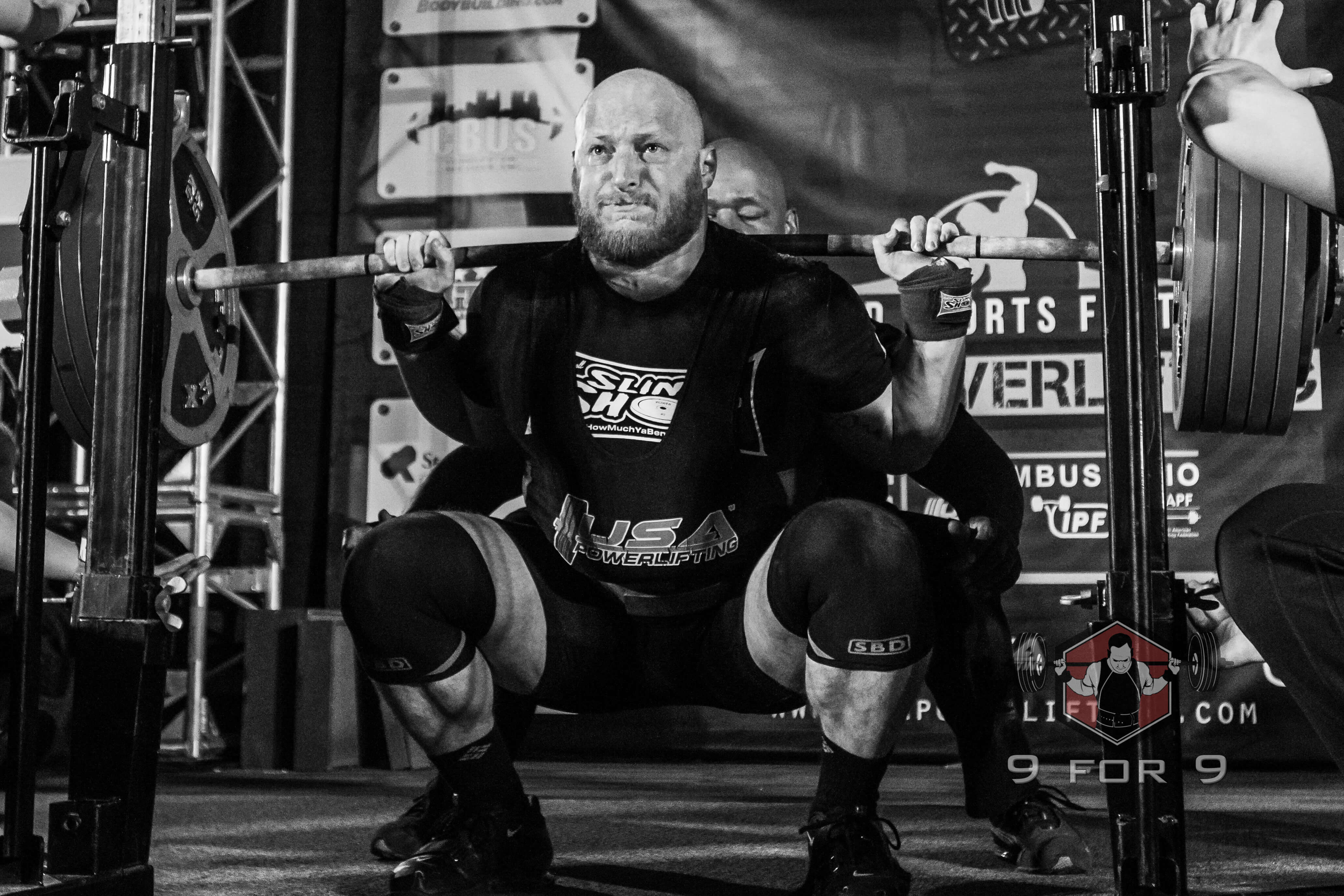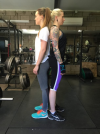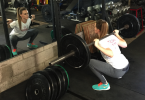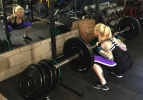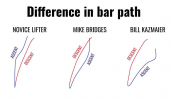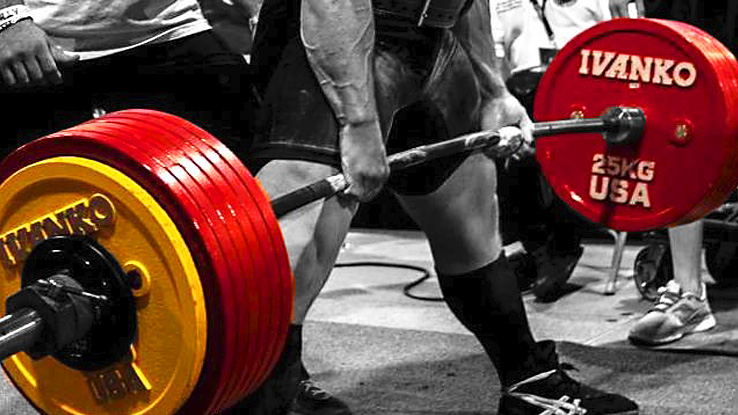The Bench Press Bar Path
Reseach by Dr. Tom McLaughlin (PhD Bio-Mechanics, former Powerlifter) demonstrated with a Wide Grip Bench Press, the bar Trajectory is...
View attachment 14293
Source:
Bench Press Bar Path: How to Fix Your Bar Path for a Bigger Bench
McLaughlin's research was in Benching in a T-Shirt, prior to the Bench Press Shirts.
The Slight Differences in Bar Paths for Bridges and Kazmaier
The reason for the slight variance in the Bench Press Bar Paths was that both lifter took the Maximum Bar Grip Width of 81 cm, as per the Powerlifting Rules
Bill Kazmaier's Height: 6 ft 3 in, 191 cm
Mike Bridges' Height; Around 5 ft 5 in, 1.65 cm
The Arm Spand/Wing Spand for Kazmaier was much greater than Bridge.
The Bar Paths were similar. However, McLaughlin noted that the difference was due to their Arm Spands in relationship to the sam 81 cm Bar Grip Placement.
Pushing The Bar Straight Up
This is conjecture. There is no data demonstration that the Bench Press is driven up in a straight line.
The body does not move in a straight line.
Ascending A Mountain Example
Pushing a Bench Press straight up, amount to ascending a mountain by climbing straight up compared to transversing it.
Climbing Straigth Up a Moutain is the shortest distance compared to Transversing it
Climbing Straight Up a Moutain is also much harder than Transversing it.
That applies to the Bench Press, as well.
Leg Press Example
The True Weight of what an individual can Leg Press is not what is Loaded.
Most Leg Press' have a 45 degree angle ascension.
Reseach shows that the Load of a 45 Degree Leg Press is acutally around 70% of the weight of what is being used in the Leg Press. ;
That mean if an individual is performing a Leg Press with 500 lbs, they are actually only performing it with 350 lbs.
This brings us back to the Bench Press Bar Path. Altering the Bar Path is someone similar to Transversing in certain spots where it is harder.
Mike Bridges Increased Bench Press Without Getting Stronger
McLaughlin's Bench Press research on Brides occured over a number of years.
One of the interesting things that demonstrates Transversing it was McLauglin's research on Bridges. He found that Bridges increased his Bench Press by slighly modifying his Bar Path rather than increasing his strength.
Metaphorcally speaking, Bridges found an easer Transversing Path up the mountain; to locking out the Bench Press.
